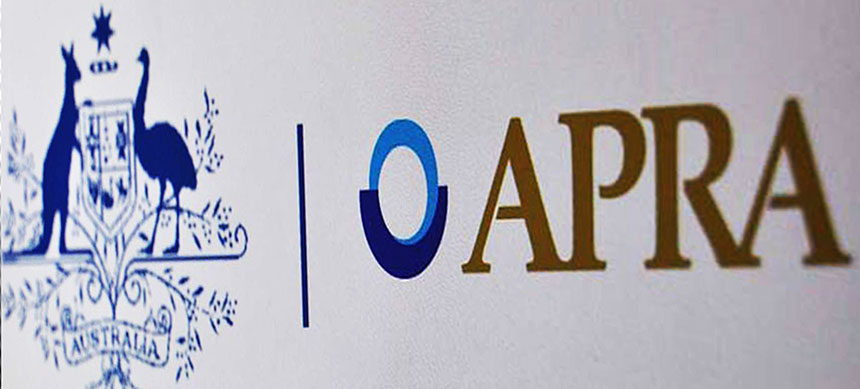The Australian Prudential Regulation Authority (APRA) has released an information paper to assist authorised deposit-taking institutions (ADIs) to meet their obligations under the Banking Executive Accountability Regime (BEAR).
The BEAR, which establishes heightened standards of accountability among ADIs and their most senior executives and directors, came into force for the largest banks from 1 July.
It will apply to all other ADIs from 1 July 2019. The regime was established under legislation and is administered and enforced by APRA.
The information paper, based on APRA’s experience in implementing the regime for the largest banks, is aimed at assisting all other ADIs prepare to implement the BEAR, and helping the largest ADIs refine and embed the regime.
It clarifies APRA’s expectation of how an ADI can effectively implement the accountability regime on matters including:
- identifying and registering accountable persons;
- creating and submitting an accountability statement for each accountable person, and an accountability map for the ADI;
- establishing a remuneration policy requiring that a portion of accountable persons’ variable remuneration be deferred for a minimum of four years, and reduced commensurate with any failure to meet their obligations; and
- notifying APRA of any accountability-related changes or breaches of accountability obligations.
The information paper also includes questions and answers based on some of the issues commonly raised by ADIs during implementation. APRA will address enforcement-related issues, including the disqualification of accountable persons and civil penalties under the BEAR, in a subsequent paper.
APRA Chairman Wayne Byres said the BEAR presented an opportunity for a major strengthening of accountability among the directors and senior executives of ADIs.
“Many problems that have arisen in the financial system over recent years have had, at their heart, organisational complexity and diffused responsibility. By effectively implementing the BEAR, ADIs will genuinely enhance their governance and risk management through much clearer understanding and agreement on individual accountabilities,” Mr Byres said.

